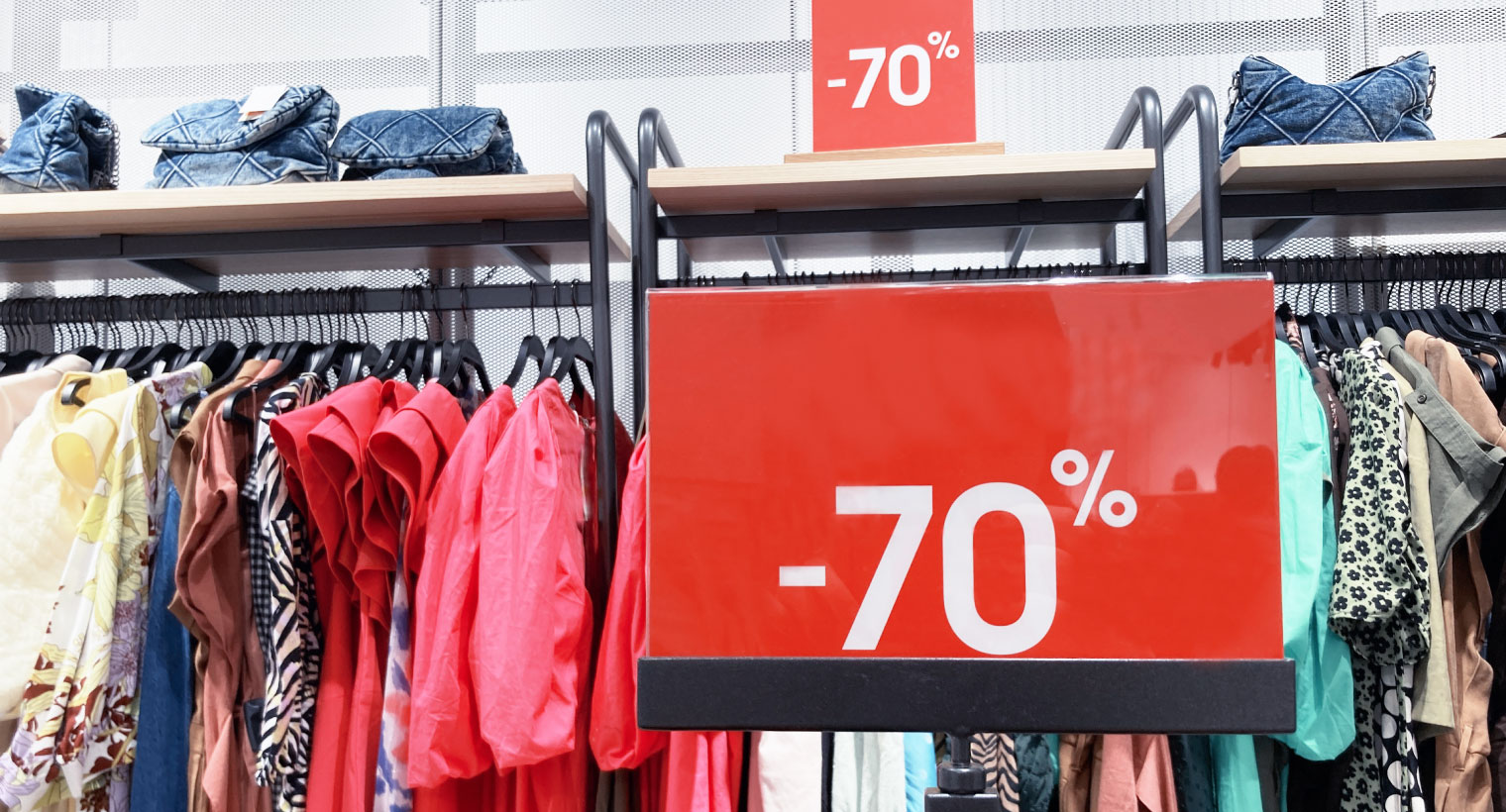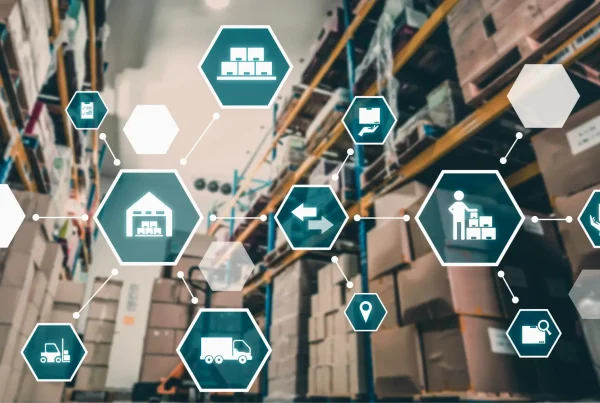Shoppers today are not only savvy, but also have unique purchasing behaviors that are changing at a rapid pace. They often compare pricing across multiple brands, use a myriad of apps for leveraging deep promotions, and are less loyal to brands than ever.
This is why retailers need a dynamic price optimization model to drive both a healthy top and bottom line. However, most retailers still rely on historical data, gut instinct, and traditional models to create pricing strategies. Today’s retail environment, with its inflationary pressures and post-COVID economic recovery, makes it imperative for brands to take into consideration many additional factors that could contribute to shopping behavior patterns – purchasing power, price elasticity, competitor pricing, unemployment, and so on!
Retail price optimization has come a long way, with the emergence of retail CRMs and CDPs, lifecycle pricing, and markdown optimization solutions. These platforms and the insights they provide enable retailers to make data-driven decisions for optimizing their sell-through and margins.
AI / ML and Retail Price Optimization
Price optimization, artificial intelligence (AI) and machine learning (ML) go hand-in-hand in a dynamic market since precision is key and there is no room for guesswork. AI / ML models consist of complex algorithms that take into account millions of data points, and can identify unprecedented events and trends, making them the perfect method for retailers to price forward.
Benefits of Price Optimization in Retail
- Make informed decisions
Price is one of the major factors that drive shoppers’ decision-making. Retailers must ensure the optimal pricing strategy decisions for their products to address consumer needs. Price optimization enables organizations to make retailing better. Although deep discounts and promotions may not be the only solution to meet all the KPIs, price optimization in retail can help businesses acquire better margins as they base their pricing on data-backed decisions..
In order to make more impactful pricing decisions and formulate a robust lifecycle pricing optimization strategy, retailers need to consider a myriad of factors, both macro and micro economic.
These factors can be modified and updated in real-time, so retailers can analyze the impacts and adjust according to their business model..
- Forecast Your Customer’s Behavior
A predictive pricing strategy enables you to monitor market pricing, adjust your pricing based on localized demand, identify unprecedented global events (like COVID) and their impact on overall pricing, and make data-driven pricing decisions based on your customer data – automatically.
By leveraging the power of advanced machine learning algorithms and millions of data points, retailers can forecast the impact that specific price changes and price points will have on margins, thereby, ensuring seamless lifecycle pricing and markdown optimization.
- Automate Your Operations
Automation is crucial for streamlining your merchandising decisions, and must be a major part of your retail price optimization strategy. Manual price tracking, forecasting, and adjusting are obsolete in today’s world, especially when there are thousands of SKUs and multiple channels that retailers need to address.
The ability to automate pricing enhances a retailer’s margins by allowing brands to optimize pricing for more inventory than most organizations currently find possible, thereby, allowing them to gain a competitive edge. Automating aspects of your pricing strategy helps to:
> Do away with common man-made errors and ensure all decisions are based on AI and aligned with the business
> React to both cyclical and unexpected economic trends in real-time and maximize potential sales/profits
To implement pricing automation, it is important to adopt next-gen retail price optimization solutions that are compatible with other downstream and upstream systems that retailers are using and can be quickly implemented, to avoid extra costs.
- React to Market Changes Faster
Retail price optimization will allow you to react to economic events faster than ever before. Having a strategy in place – and a powerful AI / ML-powered solution that enables you to execute it – will help you analyze the buying behaviors of your customers and what they are willing to pay.
Fast and accurate pricing decisions allow retailers to stay up to date with market trends and remain on par or ahead of competitor pricing.
- Analyzing Price Elasticity
One of the most innovative ways to generate demand and spur quick change to a business’s top and bottom lines is with strategic pricing.
One of the most basic retail concepts is that when an item’s price goes down, its sales go up. Price elasticity is used to measure the relationship between price and demand and how they affect each other.
If a product is elastic, a change in its price will highly impact its demand. If a product is inelastic, its pricing may not change its demand much. Knowing the elasticity of your product is highly essential to understanding the demand curve of your inventory.
With advanced retail price optimization solutions, retailers can effectively compute thousands of elasticity values and dynamically change prices based on demand changes. The result: higher margins, improved forecasting capabilities, and the optimal prices to drive profitable demand.
- Understanding Seasonality
The key to functional retailing is understanding seasonal trends and holiday season purchasing behaviors of consumers. What time of the year a product sells the most is what matters greatly. For example, during winter a Christmas tree will be sold much faster and at higher prices than at any other time of the year.
Retailers can easily make these decisions across their SKUs with the help of advanced analytics and retail AI for price optimization to become edge-aware in the highly competitive market.
Why Do You Need a Retail Lifecycle Pricing Solution?
Lifecycle pricing solutions in the retail industry allow businesses to bring about accurate pricing for specific inventory, seasons, and SKUs by leveraging data to analyze lost sales, inventory turn, local demand patterns, and more.
Pricing analytics also allows retailers to optimize inventory effectively through inventory data, demand data, and seasonal changes and ensure markdown optimization.
At Impact Analytics, we have a robust AI and ML-powered retail price optimization suite that covers everything from pre-season pricing to prevention of markdowns and overall lifecycle pricing. PriceSmart, the most advanced solution in the market today, enables retailers and brands to:
- Identify items that could sell at higher prices and items that require deeper promotions for reasons such as:
- Curbing lost sales
- Improving inventory turn
- Capitalizing on Key Value Items and basket drivers
- Leverage market data, and identify uncertainties like looming recession, geopolitical issues, etc. to determine pricing and promotions
- Redefine pricing strategy based on localized demand patterns





